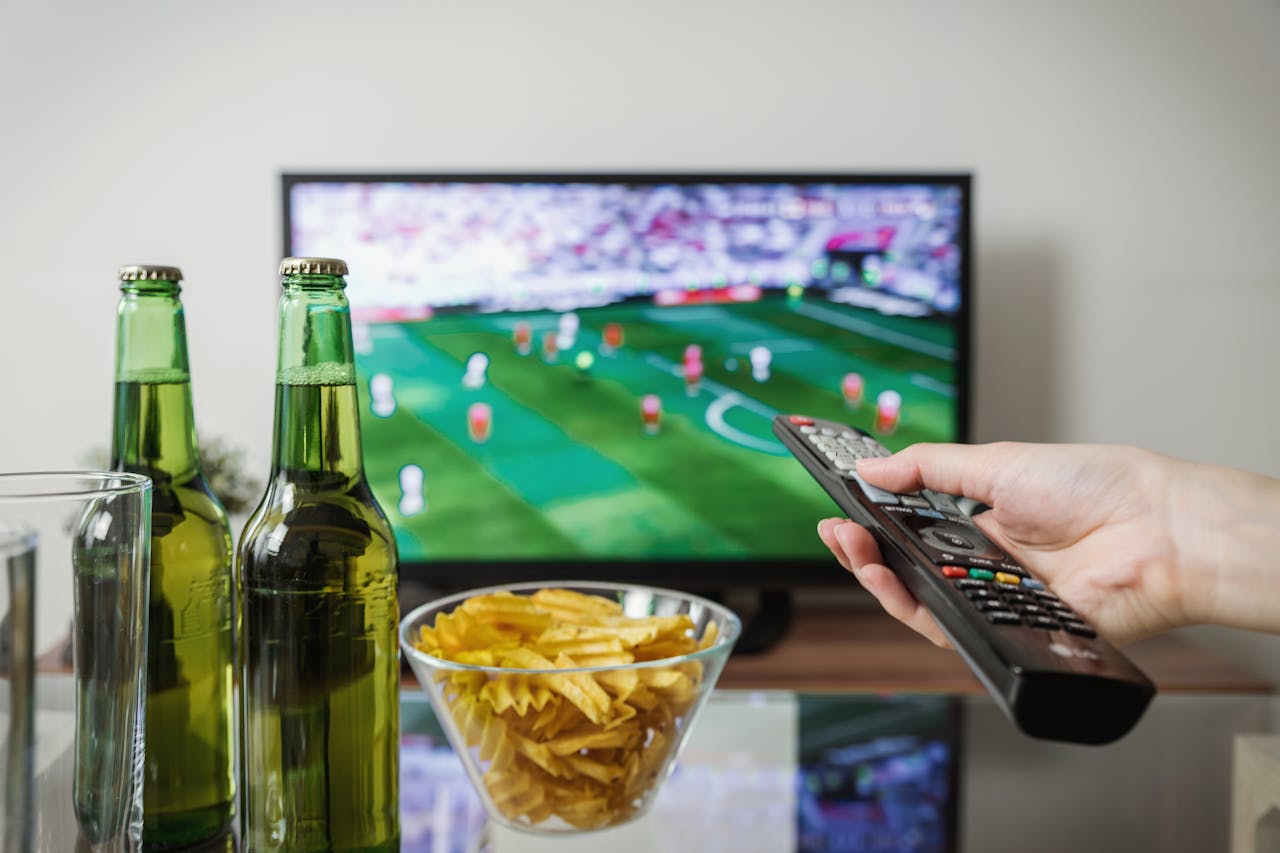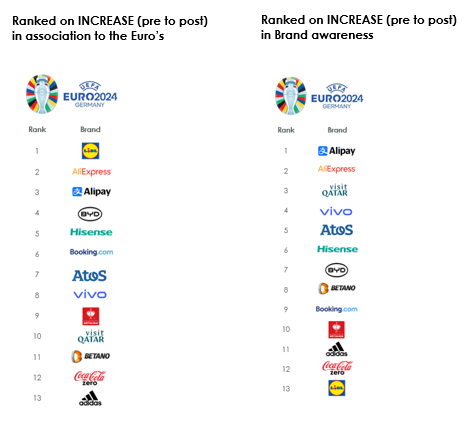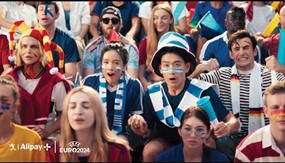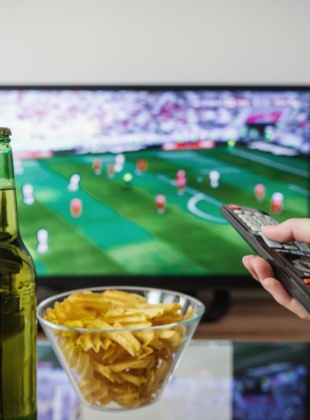Kicking It Up a Notch: Brand Success Stories from Euro 2024

As the dust settles on football’s Euros, before we know it the next all-encompassing sporting event, the Olympics, is with us. Historically the global pulling power of football offers brands unparalleled exposure and opportunities to connect with passionate fans beyond other sports. The Opinium team has monitored the impact of official sponsorship for both the Euros and the England team. Opinium’s AdVantage creative evaluation tool was used to review football-themed activities by brands attempting to capitalise on the “football factor” during the tournament.
This research has shown that sports sponsorship continues to offer brands a strong platform from which to increase awareness, build positive associations and drive sales. Not only that, but it also delivers consumer benefits with sponsorship, especially among larger brands, enhancing the content around the tournament and delivering added entertainment.
Tournament activation delivers for smaller brands

Some of the lesser-known brands have been hugely successful in activating their sponsorship of the tournament by increasing associations to the event and more importantly managing to increase overall brand awareness.
Although no doubt a more significant investment, sponsoring the tournament was much more beneficial to brands than sponsoring the England team. England sponsors did see some gains, but they weren’t as dramatic as those sponsoring the entire tournament. What does this mean? Well, put simply sponsoring the tournament gets you better exposure!
Brands like Alipay+, Atos, BYD, and Visit Qatar saw impressive boosts in awareness driven by event sponsorship. However, marketers want more than just awareness gains, and the Euros has delivered. Brands like Ali Pay+ and Ali Express saw increased consideration, while Atos experienced improvements in recommendations, popularity, and overall brand love.
This proves that sponsorship isn’t just about getting your name out there – it can also lead to increased sales and more positive perceptions of your brand.
Function over creativity


It’s fair to say some of the ads that backed the sponsorship campaigns of the lesser-known brands aren’t going to be winning any awards for creativity. The focus was very much on landing the brand for the likes of Alipay+ and keeping things very product focussed for Hisense and BYD, while AliExpress brought in David Beckham to give them a connection to the action.
Although not overly dynamic or imaginative, these ads when deployed alongside the sponsorship of the event have helped push the brands further into consumer consciousness.
Big Brands looking for big love
So, what of those more well-known brands, like Lidl, who aren’t going to see large increases in awareness as everyone is already aware of them? With the Euro’s being hosted in Germany it was a natural fit for one of the German discounters to be a lead sponsor of the event, and Lidl jumped right in.


From sponsoring the matchday mascots, ground hoardings, TV idents, and instore promotions, Lidl was the brand that achieved the biggest jump in association to the tournament. This activity has consequently led to increases across a range of metrics such as brand love, recommendation, trust and buzz amongst football fans.
Although nowhere as overtly active as Lidl, Coke Zero, another official partner of the tournament, has also seen a halo effect amongst football fans with increases on metrics such as popularity, trust, brand difference, and a little bit of brand love.
Footballer Focussed Advertising
As we might expect, there were many footballer-themed ad campaigns on during the tournament from brands and official sponsors alike.
None more so than Adidas’s “Hey Jude” campaign, which dialled in on one of England’s rising superstars and was backed by an iconic song. It also featured England legends Beckham, Lampard, and Wright for good measure (oh and Stormzy, but he’s not exactly a football legend).

The ad certainly had strong emotional appeal, driving feelings of love, belonging and pride, which clearly grabbed football fans attention as it was widely shared on social media and accumulated over 1.3 million views on YouTube. Alongside that strong feel-good factor, the ad was highly enjoyable and engaging, creating exactly the type of positive reaction Adidas was looking for.
Adidas weren’t the only brand tapping into Bellingham’s superstar status. England sponsor Lucozade used him to front their campaign, but this time tapping into his youth appeal by showing energy and vitality which of course link nicely with the brand.

The synergy between action and brand helped brand linkage, and the fast-paced action certainly grabbed watcher attention and instinctive engagement in the ad was strong.
Another England partner, Budweiser, went in a completely different direction leaning into England’s World Cup win of 1966 and using Sir Geoff Hurst as their poster boy for a strongly branded and nostalgic take on England’s 2024 Euro’s campaign.

Budweiser went all-in on England, with promotional packs, and a creative that included both product placement and footage from England’s 1966 World Cup final victory over West Germany. Despite this, the brand did not get diluted and produced the best-branded ad aired during the tournament. This proves that you can create a memorable an instantly recognisable campaign by successfully leveraging fans’ existing football memories and connections.
No round up of footballer fuelled advertising would be complete without mentioning one man……………. Mr David Beckham. Alongside a cameo in “Hey Jude” and the rather stilted AliExpress ad, Beckham also appeared alongside Thierry Henry as Walkers continued their “No Walkers, No Game” Champions League campaign into the Euros.

It would appear Beckham’s star quality doesn’t diminish or confuse consumers when he is used by different brands. This campaign is well identified with Walkers by consumers, and the pairing of two footballing greats is both enjoyable and engaging for the audience, producing an all-round solid performance.
In it for the long Game
The benefits to sponsorship are not always felt in the short term, however, sustained commitment can help develop a brand. Hisense is a great example of this; brand awareness has grown solidly from their continued involvement with European football for the past decade.
The appeal is clear for both less-established and more-established brands. For smaller brands, it’s about boosting awareness and establishing brand recognition. They tend to focus more on clear brand linkage and product benefits, aiming to lodge their brand in people’s minds. In contrast, more established brands often focused on building goodwill and influencing perception, prioritising creativity and emotional engagement over explicit branding. Their aim was to reinforce existing brand awareness and create positive associations.
The differing approaches of big and small brands highlight the versatility of sports sponsorship as a marketing tool. While established brands use it to reinforce their image and create emotional bonds, smaller brands seize the opportunity to dramatically increase their visibility.
As sports sponsorship continues to evolve, brands that can effectively balance emotional engagement, clear communication, and strategic channel usage will likely see the greatest returns on their investments. For consumers and football fans, this means a richer, more engaging experience both on and off the pitch, as brands compete not just for attention, but for meaningful connections with their audience.





